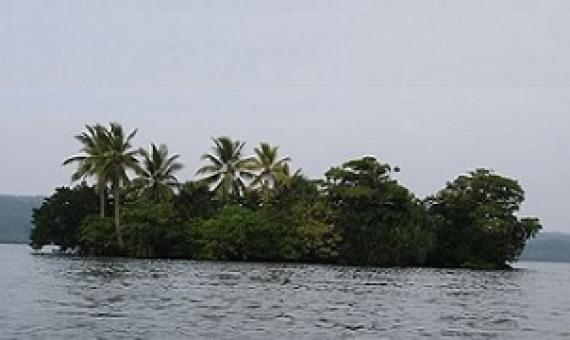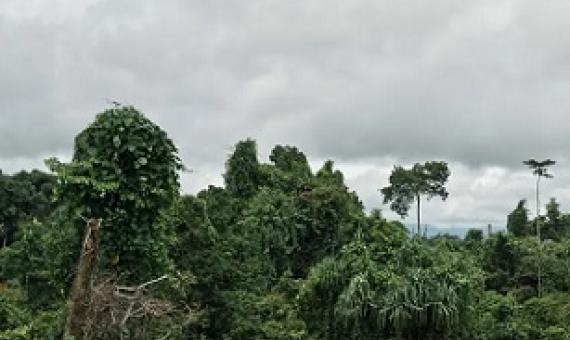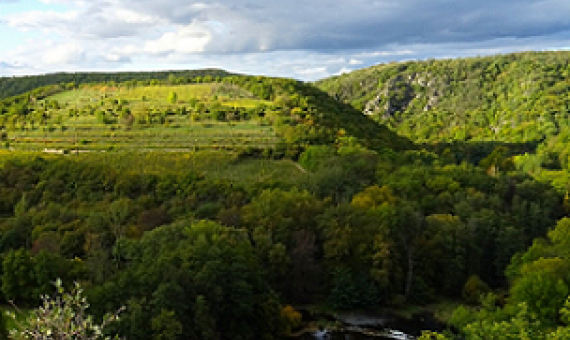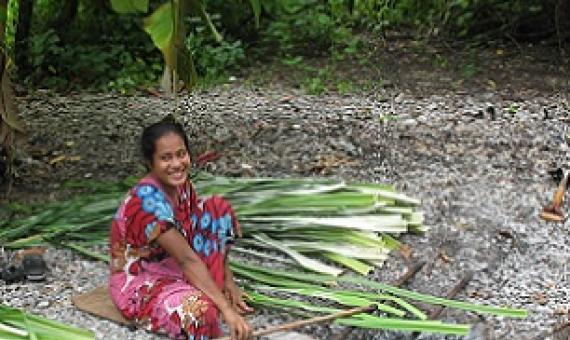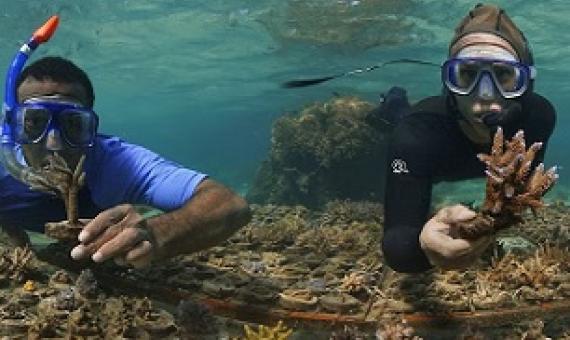The research and monitoring coordinator of the Tree Kangaroo Conservation Program, Dillian Nason led a week-long training on the Spatial Monitoring and Reporting Tool (SMART) at the YUS Conservation Area.
A national training on evaluating Protected Area Management Effectiveness (PAME) for Samoa commenced on Tuesday, 19 September 2023.
30x30 A Guide to Inclusive, Equitable and Effective Implementation of Target 3 of the Kunming-Montreal Global Biodiversity Framework
This document is a guide along the path to realizing Target 3 of the KMGBF. It guides us through the text of the Target itself, breaking down all of the elements and, perhaps most importantly, it is loaded with links to more details. The path it offers leads to effective implementation through equitable and human rights-based action. It is a big guide for a big job. The development of this guide is a small example of the kind of cooperation and hard work that we need to succeed in Target 3.
Following a workshop in March to collect and collate data for enhancing spatial analysis in the Solomon Islands under the Ensuring Resilient Ecosystems and Representative Protected Areas (EREPA) project, a successful second workshop to validate the data was held with Solomon Islands’ key na
Today, in the Highlands of Papua New Guinea (PNG), Indigenous landowners of the Inaugl tribe have joined their neighbours in the Bismarck Forest Corridor to commit to legally protecting 12,241 hectares (46.3 square miles) of forest under a conservation deed.
The northern government is discussing with landowners of the Kokoda track the setting up of a conservation and protected area nature reserve, the Kokoda Track is owned by traditional resource custodians and a place of natural beauty which has rare biodiversity, rich cultural and military heritage
Protecting 30% of the world's land and sea outweigh the costs by a ratio of 5 to 1, according to a new report.
In the accelerated push towards conserving 30% of the Earth's land and water by 2030, asking who, as well as what, is on the map must be at the heart of the conversation.
In a moment of true significance, the District of ‘Nadogo’, aptly named ‘The Mangrove’ in indigenous Fijian, commemorated this year’s World Mangrove Day with an extraordinary milestone—the formal declaration of its inaugural permanent community island protected area.
Victor Bonito takes the concept of working from home to new levels. The marine scientist's house overlooks his lab: the beautiful turquoise-blue waters of Fiji's Coral Coast.


